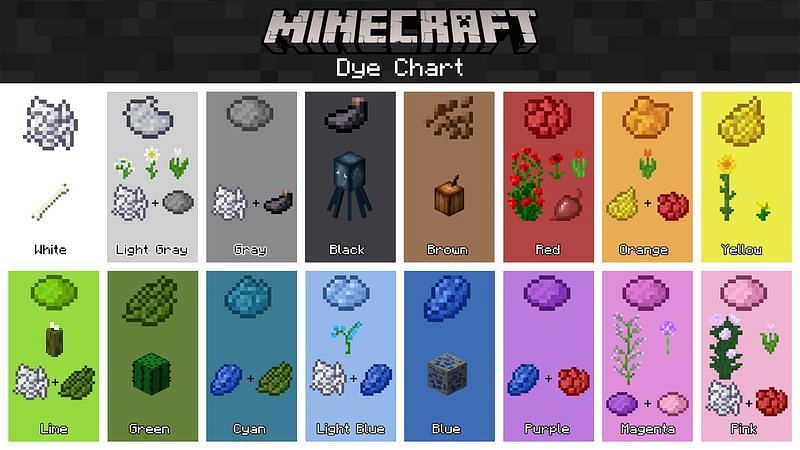
All Minecraft Dye Colors: How To Get Them?
All Minecraft Dye Colors: How To Get Them?
The experience that Minecraft creates may be tailored to fit any genre. There is plenty to do, from agriculture, and construction, to deep-diving into perilous tunnels and dungeons while fending off monsters.
Fortunately, certain objects’ plain appearance is not something that gamers must cope with. In Minecraft, a number of objects can be recolored to match any style. Gamers have more opportunities for alternatives, including coloring glassware, mattresses, and leashes for animals.
However, with 16 colors, it can be challenging to achieve every hue. While some dyes are simple to find, others require combining components. This comprehensive list of all dyes, together with instructions on where to obtain them, is a blessing.
Gamers can create the appropriate dyed wool and drape it over a recently sheared sheep if they wish to farm these colors repeatedly. Participants can breed only the same hue or mix different colors. Let’s look at Minecraft dye colors now.
Minecraft In White Dye

White dye is a simple hue to gather and is useful when making other dyes. Therefore, having a lot on hand might save time down the line. Locating the Lily of the Valley flower is the first step towards creating white dye for players. They can make the dye at the manufacturing table by gathering these.
The alternative method, which is a little riskier, involves skeleton slaughter. Once they drop bones, gamers can smash them using the crafting tables to create a bone meal, a white dye. Once worm composting is full, which can be accomplished by placing seeds, plants, and fruits there, bonemeal is also gathered.
Black Minecraft With Black Dye
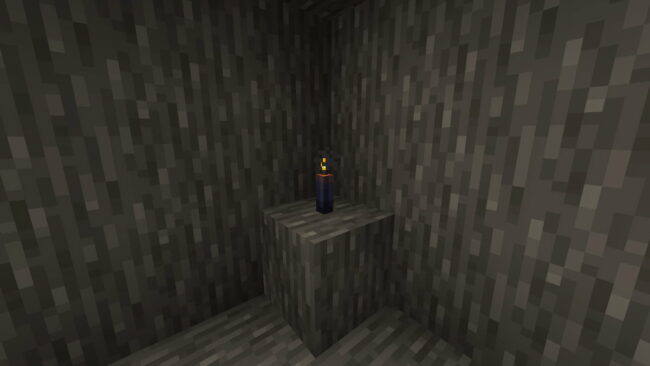
There is only one way for players to make the darkest dye in Minecraft. By Inc Sacs, which Squids leave behind. Therefore, be prepared to dive into the ocean and kill a few of these passive enemies if you want to decimate your designs with dark colors.
Players may be able to farm this dye cheaply because they can drop one to three Inc Sacs at a time. The new monster, the Glow Squids, will drop Glow Inc Sacs, but they will be converted into dyes, thus, players ought to be aware of this.
Brown Minecraft dye
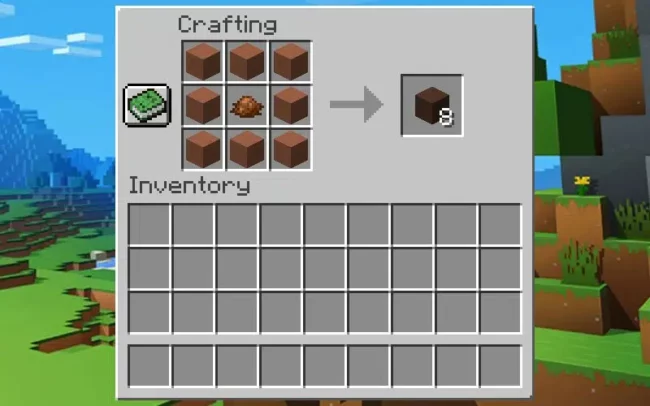
Because cocoa only grows on holly bushes, finding cocoa beans to make brown dye might be difficult. Gamers can acquire a lot of Beans in the Jungle biomes because they are typically large and can be planted on the side of the rainforest wood to sprout.
Gamers can collect the cocoa beans and use the manufacturing table to create brown dye after spending numerous days exploring the map and searching for this biome.
Red-colored Minecraft
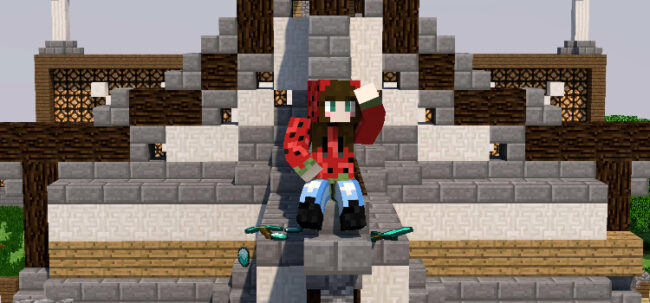
Three commonly found things can combine to create red dye. The Red Poppy flower, Rose, and Beetroot were among the first, middle, and third, respectively. The blooms are frequently seen throughout the biomes, but particularly in the flower-dense forest.
Bone Meal can also be used to grow a broad range of flowers on a grass block. In villages, beetroots are frequently discovered in people’s farms, chests, or even being sold by farmers. Players have no trouble making the dye after getting any of the three components.
Green Minecraft Dye
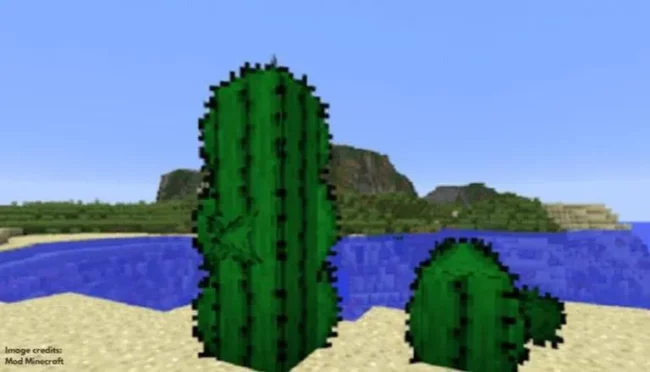
The first color that requires a burner to obtain is the greenish one, but the materials are still easy to find. To obtain Cactus, players must first locate an arid environment.
The dye will then be available for the players to use when they have burned the Cactus blocks in the furnaces.
Blue Minecraft using blue dye

There are two main ways for players to obtain blue dye, one of which is rather simple. To make blue dye, players can harvest a number of white flowers from the biome known as the flower woodland.
Lapis Lazuli is another material that can be used to create blue, though. It’s true that in order to find it, players must walk underground, which makes it potentially risky, but it’s still an adventure worth going on!
Yellow Minecraft Dye colors
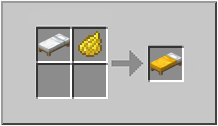
Another flower-based dye, please! And those who want to collect as many petals as they can, the new forest flower biome is a blessing.
However, to make this dye, gamers will need to locate either wildflowers or daisy plants.
Grey Minecraft with Grey Dye
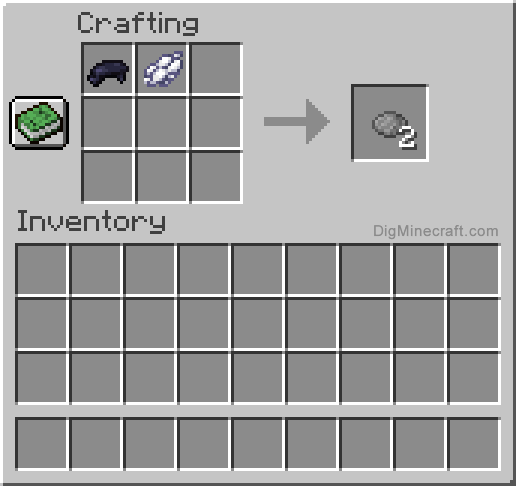
It’s time to move on to the colors that need blending now that the main colors are all out of the way. Of course, if participants are familiar with the art, they can identify some of these hues, but others can be challenging. But gray is straightforward.
Players will require one bone meal, one ink sac, and a manufacturing table because black and white are combined to create gray.
Minecraft Light Grey Dye
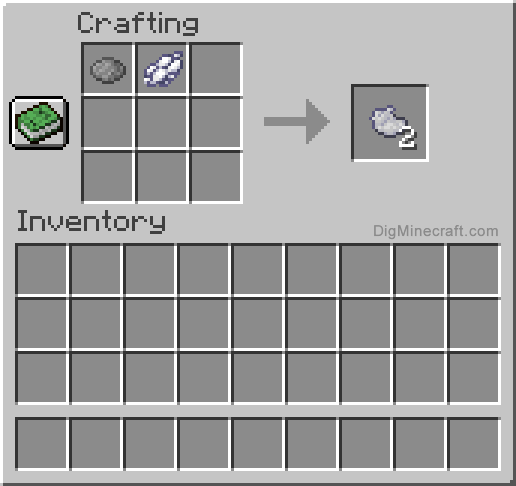
The light gray could be too monotonous for players if the gray wasn’t already. There are two methods for players to make this dye. The first step is to collect an extra bone meal and add it to the gray dye.
Players will require one bone meal, one ink sac, and a manufacturing table because black and white are combined to create gray.
Minecraft dye colors Grey Light Grey Dye
The light gray might be too monotonous for players if the gray wasn’t already. There are two ways for players to make this dye. The first step is to collect an extra bone meal and add it to the gray dye.
A single white tulip, oxeye flower, or sapphire bluet can be placed onto the manufacturing table as the following step.
Orange Minecraft with orange dye
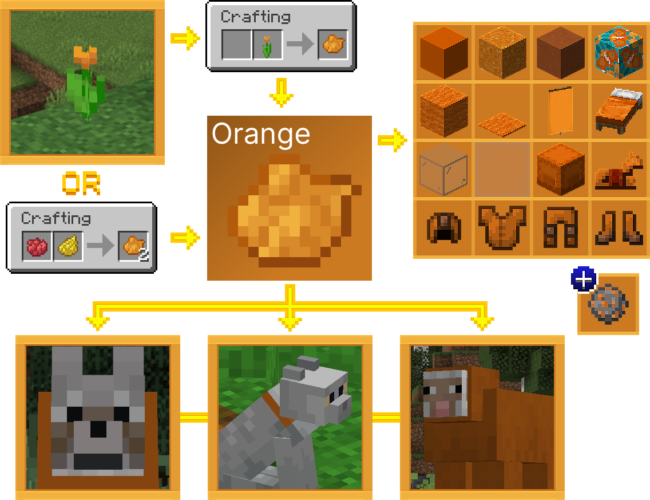
The orange coloring should be obvious. To make orange, players must blend a red dye with a yellow dye.
Or, if they collected sufficient flowers in the area known as the “flower forest,” players can add an orange tulip to the crafting table.
Minecraft with Lime Dye
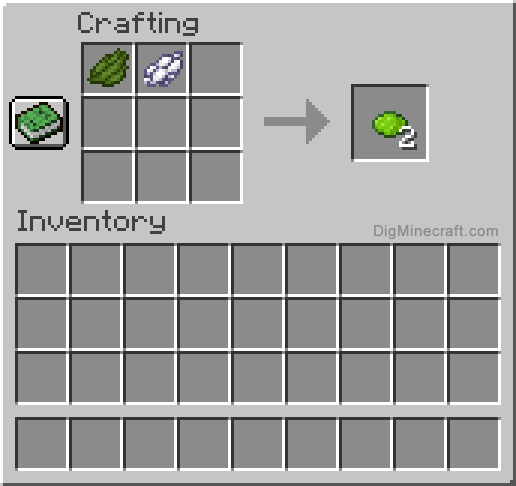
The Lime Color is a specific combination that may be made with simply bone meal and green dye.
Regrettably, nothing will ever be collected to make it; the two colors must be blended instead.
Light blue light Minecraft

One more thing can be produced using a plant or blending two colors. What two colors would they be? Absolutely right! Lapis Lazuli and bone meal!
The Blue Orchid is the blossom that produces the light blue dye.
Cyan Minecraft dye
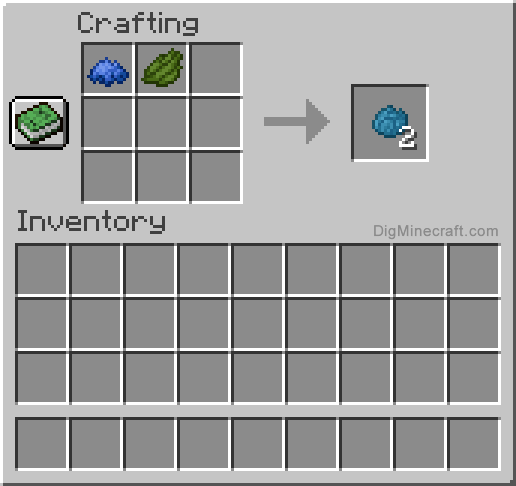
Since nobody in the Minecraft universe can be converted into it, cyan seems to be another dye that can only be produced by mixing two hues.
Lapis Lazuli, or blues dye, and emerald dye are combined to produce the lovely shade of turquoise.
